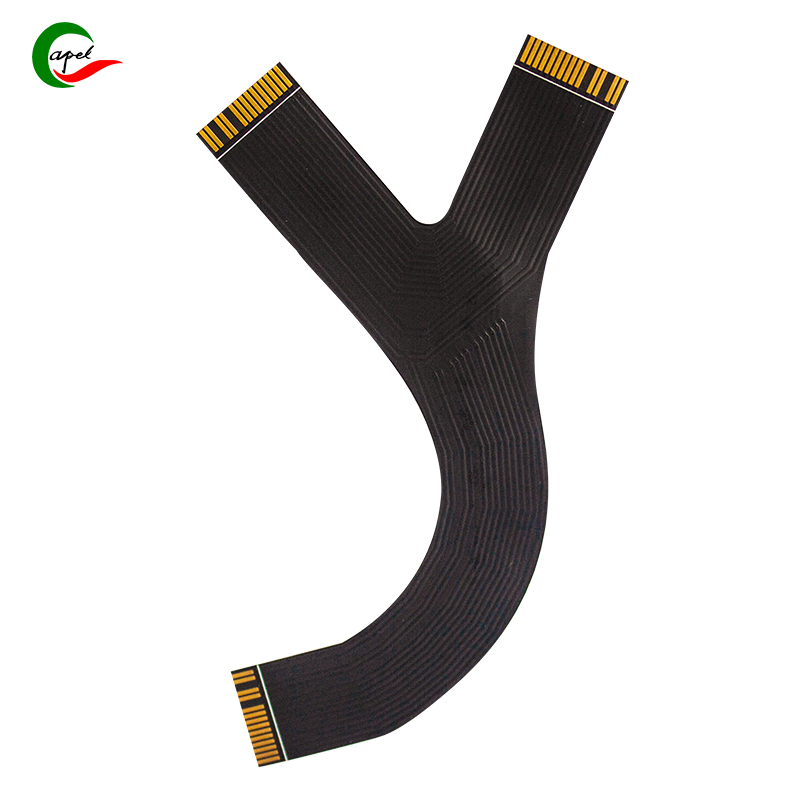What Is Solderability in FPCs? The Unsung Hero of Reliable Electronics
Date: 2025-08-13
If you’ve ever wondered why some flexible PCBs (FPCs) work flawlessly for years while others fail unexpectedly, the answer often lies in a hidden but critical trait: solderability. It’s not the flashiest feature, but it’s the backbone of how well FPCs connect to other components—and ultimately, how long your devices last. Let’s break it down in simple terms.
What Exactly Is Solderability?
At its core, solderability refers to how easily a material (like the conductive pads or traces on an FPC) forms a strong, lasting bond with solder. Think of it as the “stickiness” between the FPC’s metal surfaces and the molten solder during assembly. A high-solderability FPC creates a smooth, uniform joint that conducts electricity reliably. A low-solderability one? It might form weak, brittle connections that crack or fail over time—like a poorly glued puzzle piece that falls apart.
Why Does It Matter?
Imagine a smartwatch on your wrist: every time you move, its FPC bends and flexes. If the solder joints are weak, a simple arm movement could break the connection, causing the screen to flicker or the heart rate monitor to stop working. In industrial machines or medical devices, this isn’t just inconvenient—it’s dangerous. Good solderability ensures FPCs can handle vibrations, temperature changes, and flexing without failing.

What Affects Solderability?
- Surface Condition: Oxidation (a thin rust-like layer) on copper pads is public enemy number one. It repels solder, making it hard to form a bond. That’s why manufacturers often coat pads with tin, gold, or nickel—these metals resist oxidation and keep the surface “solder-friendly.”
- Cleanliness: Grease, dust, or leftover chemicals from manufacturing can act as barriers. Even tiny contaminants can prevent solder from adhering properly.
- Solder Type & Process: Using the right solder (e.g., lead-free vs. leaded) and controlling temperature during soldering matter too. Too much heat can damage the FPC’s flexible substrate; too little, and the solder won’t melt properly.
How Do Manufacturers Ensure Good Solderability?
They test it rigorously! One common method is the “dip test”: a sample FPC is dipped in molten solder, and engineers check how evenly the solder coats the pads. If the coverage is patchy, it’s a red flag. They also use automated optical inspection (AOI) to spot oxidation or contaminants before soldering even begins.
In short, solderability is the quiet guarantee that your FPCs don’t just work—they work reliably, no matter what life throws at them.
Founded in 2009, our company has deep roots in the production of various circuit boards. We are dedicated to laying a solid electronic foundation and providing key support for the development of diverse industries.
Whether you are engaged in electronic manufacturing, smart device R&D, or any other field with circuit board needs, feel free to reach out to us via email at sales06@kbefpc.com. We look forward to addressing your inquiries, customizing solutions, and sincerely invite partners from all sectors to consult and collaborate, exploring new possibilities in the industry together.